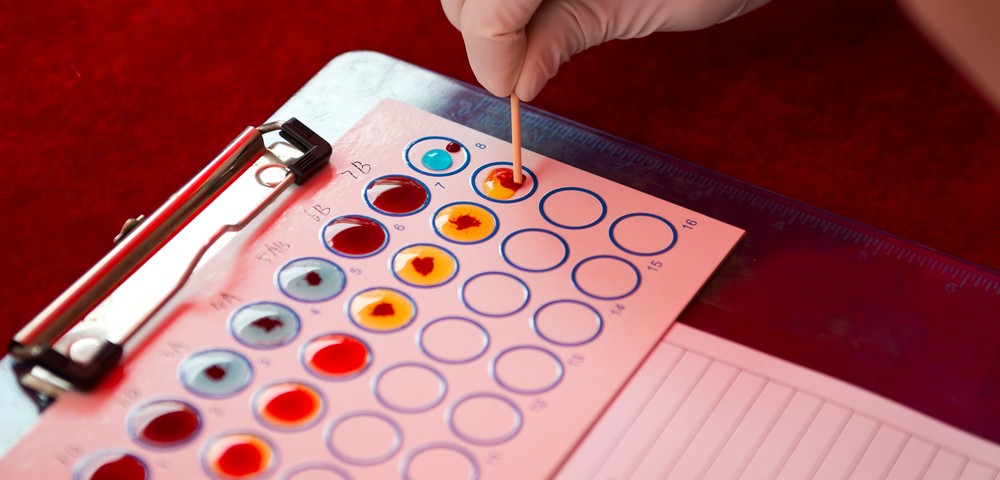Scientists at Purdue University have developed a number of technologies with the goal of improving diabetes detection and treatment. The further development and commercialization of these patent-pending technologies is underway through the Purdue Research Foundation Office of Technology Commercialization.
According to a university news release, the new therapeutic and diagnostic strategies include:
Encapsulation of cells and tissues – Type 1 diabetes is characterized by the destruction of insulin-producing cells. Patients can be treated with cell transplants, however, innate immune responses decrease the cells persistence and, with time, cells are lost. Here, researchers developed a sol-gel encapsulation technology allowing the efficient delivery and long-term survival of cells to re-promote insulin production in type 1 diabetic patients.
Water soluble, stable glucagon – Glucagon is a peptide hormone released in response to low blood glucose levels and is used to treat diabetic patients. However, its use in medical pens and pumps is currently impossible because the hormone is marketed in a freeze-dried form. The team of researchers developed a water-soluble, stable glucagon formulation that allows its application in common pens and pump devices, as well as in artificial pancreas.
Graphene petal biosensor – Purdue technology developed a graphene-based monitoring sensor that can detect glucose levels in several samples, including blood, saliva, tears, and urine, thereby allowing noninvasive methods of monitoring glucose levels.
Method to extract insulin grown in cell cultures – Insulin is produced to treat diabetes mellitus. The most common process includes the production of the insulin precursor form, proinsulin, which is stored in E. coli cells as inclusion bodies. Insulin is later produced after isolating the inclusion bodies. Notably, however, during the process there is a significant yield loss of about 40 percent. Researchers developed a method that increases the yield of insulin production to 72 percent.
System to deliver therapeutic to treat obesity – Obesity is a risk factor for diabetes and previous studies showed that converting white-to-beige adipocyte tissue reduces obesity and improves insulin sensitivity. Purdue technology developed a new form of the dibenzazepine (DBZ) compound that is delivered into the body in a controlled manner, preventing deleterious effects due to a rapid and uncontrolled delivery. Notably, the new DBZ form is still capable of reducing obesity and, hence, obesity-associated syndromes, including diabetes.
According to the National Diabetes Statistics Report, released by the Centers for Disease Control and Prevention, more than 29 million people in the U.S. have diabetes and 86 million are pre-diabetic with higher-than-normal blood sugar levels. Health complications associated with diabetes include kidney failure and vision loss.


